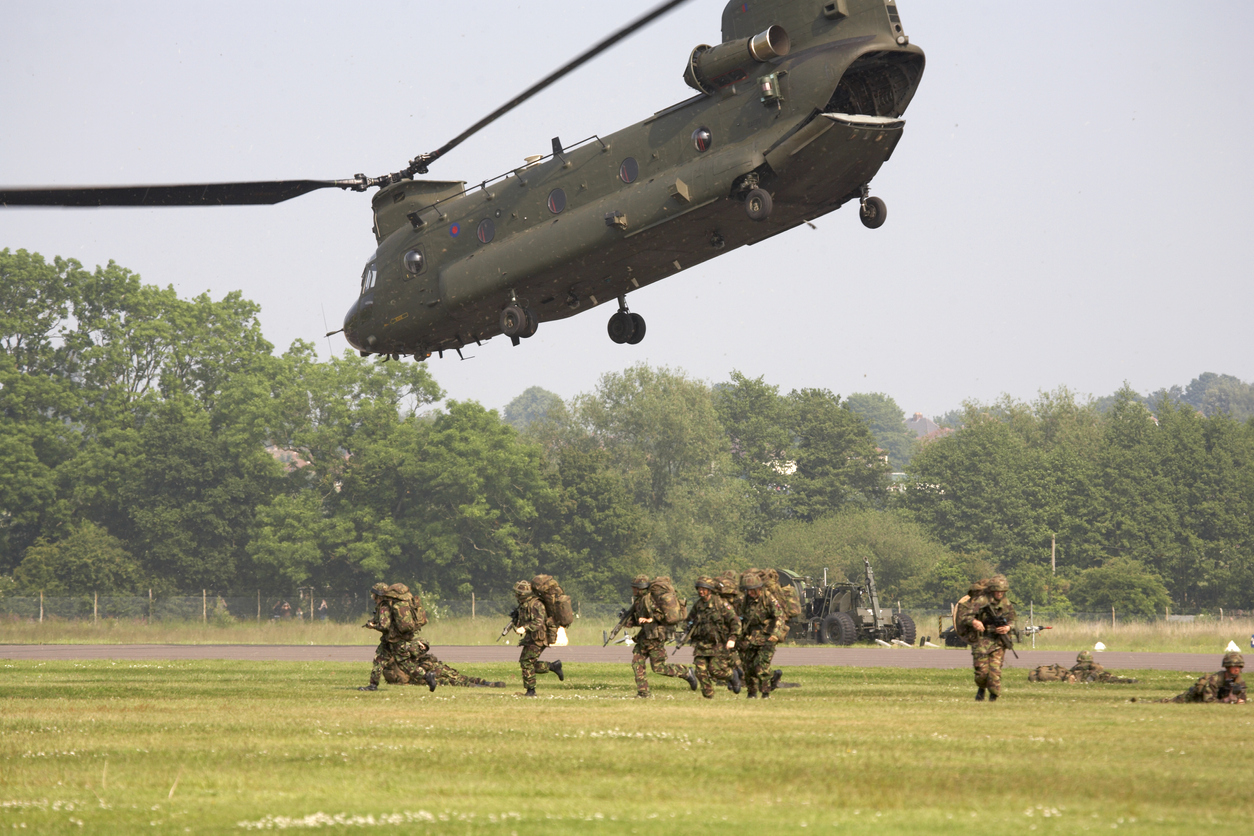What is mission command?
Mission command, also referred to as mission-type tactics, is a style of military command, which is derived from the Prussian-pioneered mission-type tactics doctrine, combines centralized intent with decentralized execution subsidiarity, and promotes freedom and speed of action, and initiative within defined constraints. Subordinates, understanding the commander’s intentions, their own missions, and the context of those missions, are told what effect they are to achieve and the reason that it needs to be achieved. Subordinates then decide within their delegated freedom of action how best to achieve their missions. Orders focus on providing intent, control measures, and objectives and allow for greater freedom of action by subordinate commanders. Mission command is closely related to civilian management concept of workplace empowerment, and its use in business has been explored by writers such as Bungay (2011) and Tozer (1995, 2012). It is advocated but not always used by the militaries of the United States, Canada, Netherlands, Australia, and the United Kingdom. Mission command is compatible with modern military net-centric concepts, and less centralized approaches to command and control (C2) in general.
(source: Mission command – Wikipedia )
As this is a US doctrine, the six principles are:
- Competence- Tactically and technically competent commanders, subordinates, and teams are the basis of effective mission command.
- Mutual trust- is shared confidence between commanders, subordinates, and partners that they can be relied on and are competent in performing their assigned tasks. There are few shortcuts to gaining the trust of others. Trust is given by leaders and subordinates and built over time based on common shared experiences.
- Shared understanding- A critical challenge for commanders, staff, and unified action partners is creating a shared understanding of an operational environment, an operation’s purpose, problems, and approaches to solving problems.
- Commander’s intent- is a clear and concise expression of the purpose of the operation and the desired military end state that supports mission command, provides focus to the staff, and helps subordinate and supporting commanders act to achieve the commander’s desired results without further orders, even when the operation does not unfold as planned (JP 3-0).
- Mission orders- Mission command requires commanders to issue mission orders. Mission orders are directives that emphasize to subordinates the results to be attained, not how they are to achieve them. Mission orders enable subordinates to understand the situation, their commander’s mission and intent, and their own tasks.
- Disciplined initiative- refers to the duty individual subordinates must exercise initiative within the constraints of the commander’s intent to achieve the desired end state. Simply put, the disciplined initiative is when subordinates have the discipline to follow their orders and adhere to the plan until they realize their orders and the plan is no longer suitable for the situation in which they find themselves.
- Risk acceptance- In general terms, the risk is the exposure of someone, or something valued to danger, harm, or loss. Because risk is part of every operation, it cannot be avoided. Commanders analyse risk in collaboration with subordinates to help determine what level of risk exists and how to mitigate it. When considering how much risk to accept with a course of action, commanders consider risk to the force and risk to the mission against the perceived benefit. They apply judgment regarding the importance of an objective, time available, and anticipated cost. Commanders need to balance the tension between protecting the force and accepting and managing risks that must be taken to accomplish their mission.
(Source: Army Publishing Directorate – download PDF to see)
This compares to the UK mission commands, whereas in Britain we have:
- Unity of effort- This stems from the commanders ability to formulate a clear intent and mission statements; the use of common doctrine and tactics; a common language of command; a high standard of collective training; and the designation of priorities and a main effort.
- Freedom of action- within specified and implied constraints, to act as they see fit to ensure the achievement of the higher commander’s intent.
- Trust- is a pre-requisite of command at all levels. Trust improves speed of decision making, and, therefore, tempo. While trust must be earned and not demanded, the default should be for commanders to trust their superiors and subordinates. In particular, they must trust that their subordinates will sensibly interpret their intent and persevere to achieve it. Personal trust can only be built up over time with experience, rather than by reputation. The spirit of Mission Command requires a bond of trust between superiors, subordinates, and peers that will develop through shared experience. These bonds are strengthened when commanders tolerate mistakes and foster a climate where failure is an opportunity to learn.
- Mutual understanding- is established over time and through the application of common doctrine and concepts. With experience, commanders gain an understanding of the issues and concerns facing their subordinates, partners, and peers. Professional knowledge and study, and the cultivation of personal relationships give subordinates, in turn, an insight into command at higher levels, enabling them to anticipate and apply their initiative to good effect.
- Timely and effective decision-making- A successful command requires timely and effective decision-making at all levels. Timely decisions allow our forces to act more quickly than adversaries and enemies can cope with. Despite the increasing availability and speed of information, it remains essential for commanders to make decisions on the basis of incomplete and imperfect understanding. This can seem risky, and good judgment is required to decide when the right time is to act or not act.
(Source: Army Doctrine Publication: operations (updated 31 March 2017) (publishing.service.gov.uk) )
The similarities and differences between these mission commands are:
- They are obviously different countries.
- They have similar processes of commands.
- The UK doesn’t have Risk acceptance, as I guess we think of it as being part of the job regardless.
- They both use trust and understanding as a principle.
Despite all of this, the ethics of Mission Command have been hotly debated through the ages, this article written by Maj J R O’Neill AGC (RMP) is very thought-provoking and is a must-read.





